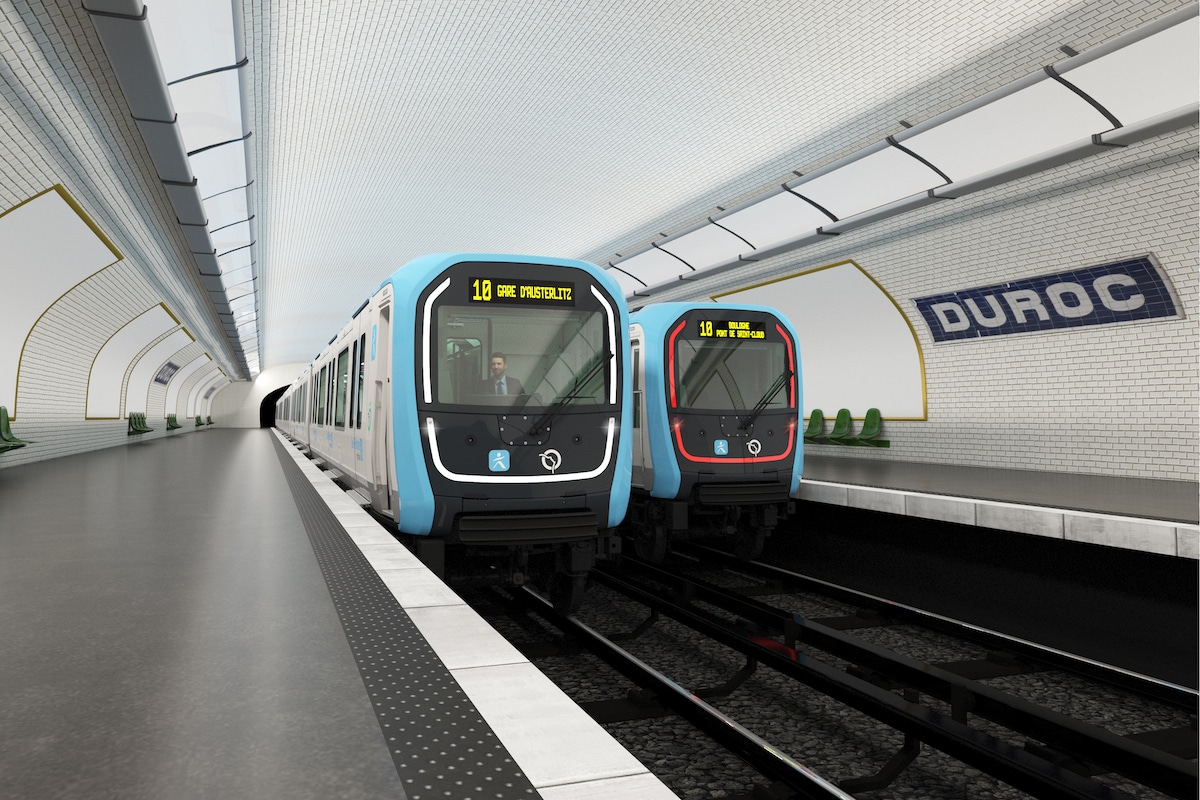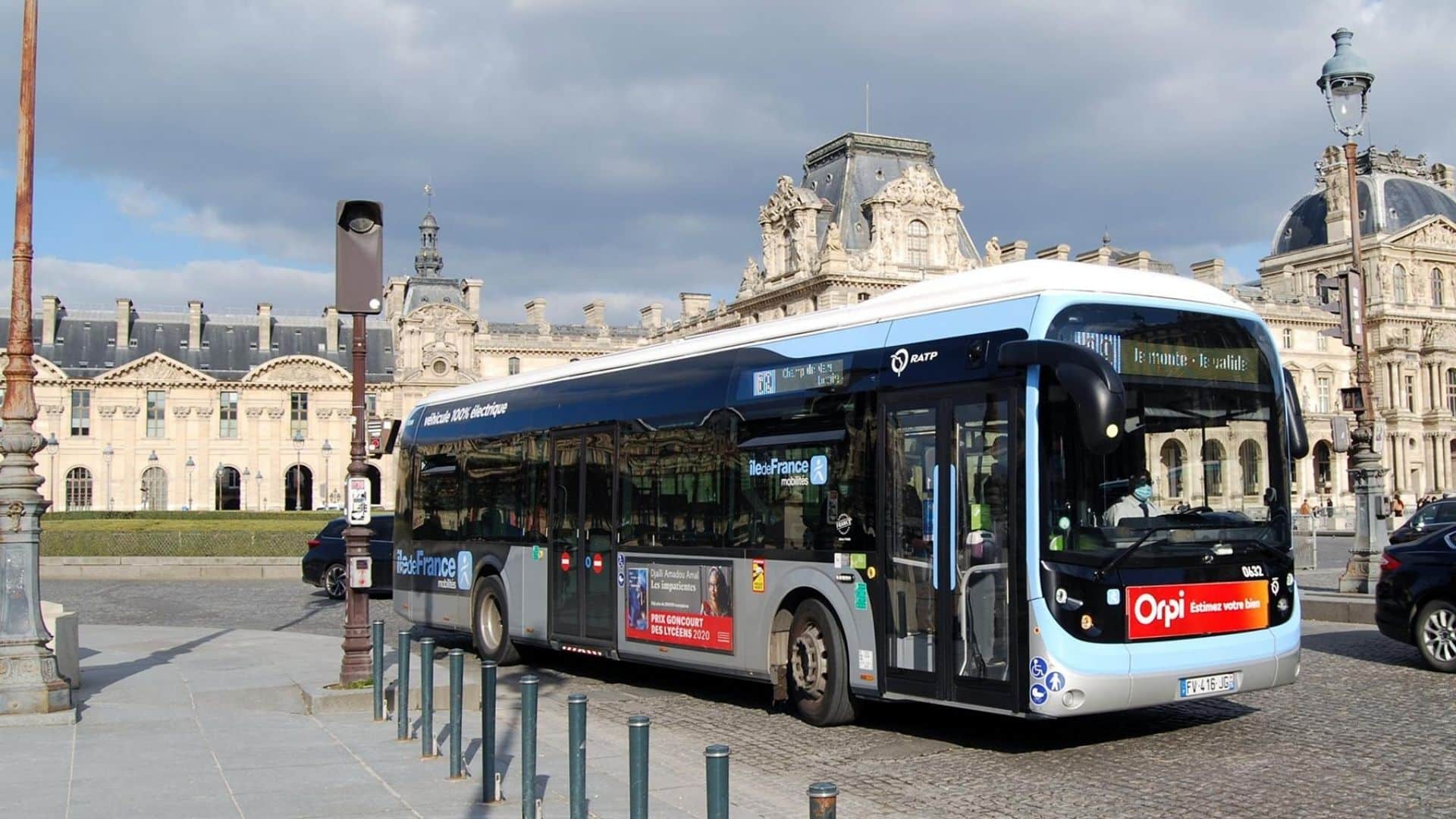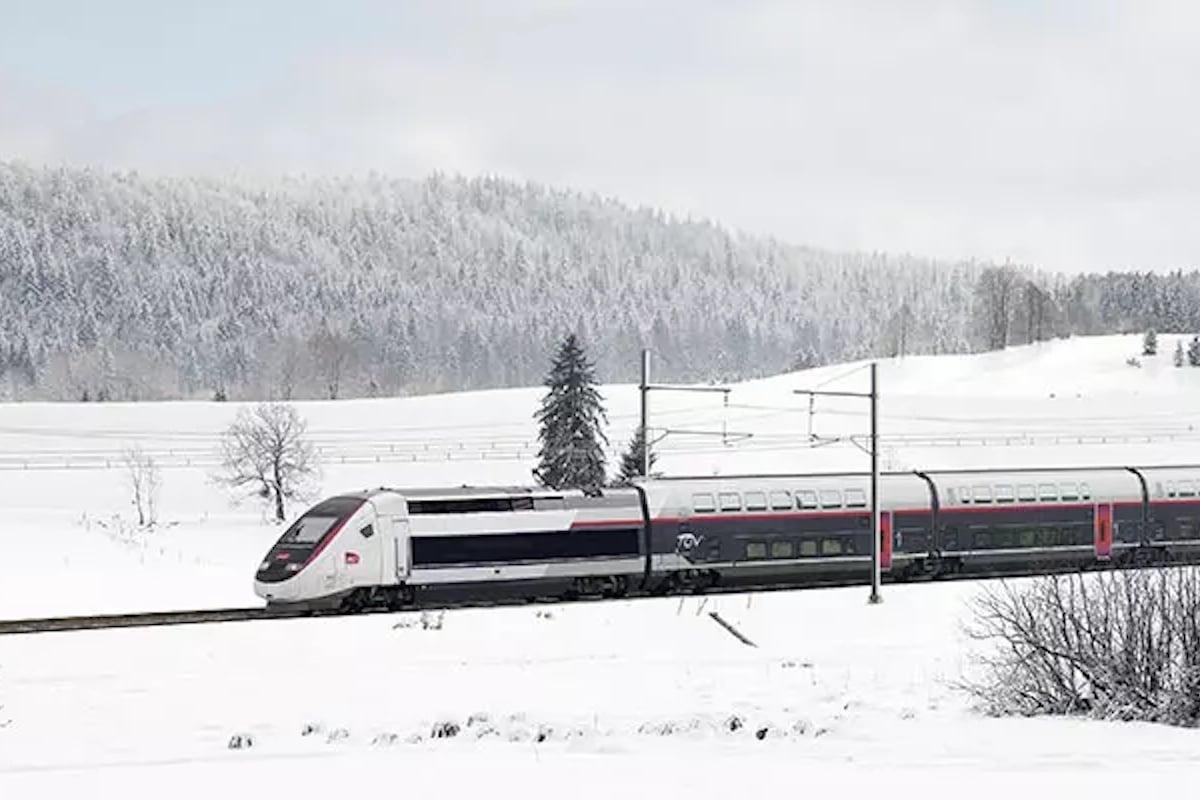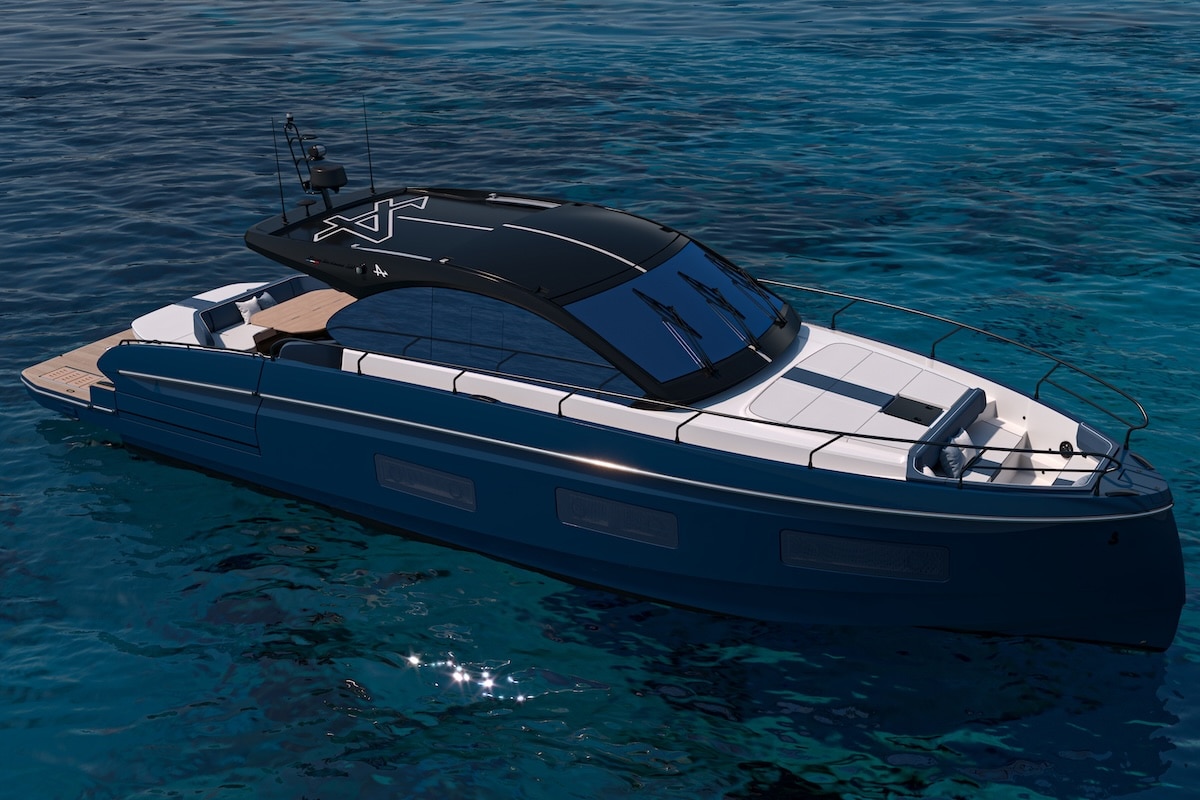Transports in Île-de-France 2025: A High-Priced Satisfaction

In a study dated November 2025, Île-de-France Mobilités proudly reports: 71% of residents in Île-de-France express satisfaction with their transportation.
7 out of 10 travelers are reportedly happy. This figure is strongly emphasized in a survey conducted by Ipsos BVA at the request of the organizing authority, Île-de-France Mobilités. However, behind this optimistic communication, one question remains: at over €2.50 for a single ticket and with one of the most expensive Navigo Passes in Europe, are customers not, in fact, paying to receive a quality service?

Beyond the statistical veneer, the analysis reveals a more nuanced reality. Certainly, 71% satisfaction, but the pricing context tempers the enthusiasm. The fact that more than seven residents of Île-de-France report being satisfied is not trivial. The network is emerging from several complex years marked by construction, renewal of rolling stock, and punctuality crises.
However, presented this way, the result almost gives the impression that users are expressing a form of gratitude, while they are actually using one of the most expensive transportation systems in the country, funded by a Navigo subscription that costs over €85 per month, after several successive increases. One could also see the glass as half empty, given that a third of respondents are disappointed…

You might be interestedin this article:
Unequal investments depending on the lines
Île-de-France Mobilités cites 1,400 new or renovated trains, metros, trams, and RER since 2016. And it is true that some progress is glaringly obvious, such as the arrival of the Francilien and Regio 2N trains that have genuinely modernized several Transilien lines. The new RER NG marks a breakthrough in comfort, while trams, favored by 85%, confirm their status as the preferred mode of transportation.
However, the overall satisfaction masks significant disparities. The RER B and D, for example, continue to rack up delays, cancellations, and overload issues. And while the organizing authority highlights the progress, travelers assess conditions every morning at the stations, not in Excel spreadsheets.

Two-thirds of residents in Île-de-France believe that the situation has improved since 2019. Again, an encouraging figure that must be placed in context: 2019 was one of the worst years for punctuality and network availability, not to mention the massive strikes that followed. Then came Covid-19 and the redirection of numerous travelers to individual means of transportation such as bicycles, to avoid contact with other users in a confined and dirty space.
Cleanliness, safety: sensitive blind spots
The survey reveals some blind spots:
• Cleanliness:
A third of users note an improvement, but a quarter believe otherwise that there has been a deterioration. The renovated trains do not always compensate for the condition of certain stations, particularly in the evening.
• Safety:
Responses are divided into three equal blocks: positive, neutral, negative.
Despite the €300 million invested annually, the 80,000 cameras, and the 3,000 referenced agents, the feeling of insecurity remains a major barrier, especially for nighttime journeys or in transfer hubs.

The dematerialization of tickets – purchase via smartphone, Liberté+, digital single ticket – seems to be appreciated: 62% of residents in Île-de-France view these developments positively. Another telling element: the Île-de-France Mobilités app is becoming the second most used mobility app, just behind Google Maps. Once again, the effort is real, even if many users lament the persistent discrepancies between theoretical schedules and the reality on the ground.
Ultimately, the regional transportation authority delivers a study that resembles a satisfaction report that is still far from a 95% satisfaction rate like in Japan.
READ ALSO: Transportation in Île-de-France: What changes on January 1, 2025
This page is translated from the original post "Transports franciliens 2025 : un satisfecit facturé au prix fort" in French.
We also suggestthese articles:
Also read





